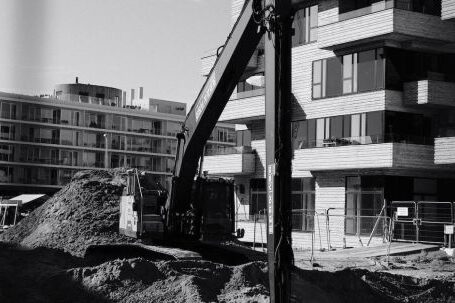In the modern age, safety is a paramount concern for many industries. Workplace accidents can result in costly fines, lost productivity, and lost lives. To help manage and reduce the risk of workplace accidents, harnesses are an essential tool. Harnesses are designed to keep workers safe in hazardous environments, and understanding the different types of harnesses is essential for creating a safe workplace.
What Is a Harness?
A harness is a personal protective device designed to protect a worker from falls. It is usually made of strong webbing and consists of straps that fit around the worker’s torso and legs. The webbing is connected to a lanyard or other form of anchoring device, which is connected to the safety line or other form of anchoring point. The harness is designed to spread the force of the fall over a larger area of the body, reducing the risk of injury.
Types of Harnesses
The type of harness used in a workplace will depend on the specific job requirements. There are three main types of harnesses: full body harnesses, chest harnesses, and seat harnesses.
- Full Body Harnesses: These harnesses are often used in high-risk activities, such as roofing and working at heights. They provide support for the entire body and help to distribute the force of the fall over a larger area. They also provide the worker with added protection against entanglement if they should fall.
- Chest Harnesses: These harnesses are designed to provide support for the chest and shoulders. They are often used in activities such as rock climbing and rappelling. They are designed to distribute the force of a fall over the chest and shoulders, reducing the risk of injury.
- Seat Harnesses: These harnesses are commonly used in activities such as parachuting and hang gliding. They provide support for the lower body and help to distribute the force of the fall over a larger area. They also provide the worker with added protection against entanglement if they should fall.
Choosing the Right Harness
When choosing a harness for your workplace, it is important to consider the job requirements and the type of environment where the harness will be used. It is also important to ensure that the harness is properly fitted, as a poorly fitted harness can be dangerous. Additionally, it is important to ensure that the harness is in good condition and is regularly inspected to ensure that it is still safe to use.
Conclusion
Harnesses are an essential tool for keeping workers safe in hazardous environments. Understanding the different types of harnesses available and choosing the right one for the job is essential for creating a safe workplace. By properly fitting, inspecting, and maintaining harnesses, employers can help to ensure that their workers remain safe.






